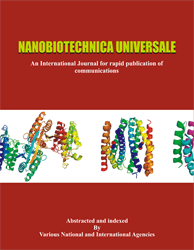A study on Economic Feasibility of Small cardamom cultivation in Tamil Nadu
M Karthikeyan1 , and V. Banumathy2
Department of Agricultural Economics, Faculty of Agriculture, Annamalai University, Annamalai Nagar - 608 002 (India) Corresponding author*: karthikknmurali@gmail.com
ABSTRACT
In Tamil Nadu, small cardamom is cultivated across 10 districts, out of which, Theni district accounts 37 per cent of both the cultivation area and production in the state. This trend highlights the disparity between increased cultivation area and declining production, emphasizing the need for further analysis and intervention to address the factors contributing to this discrepancy. Assessing the economics of small cardamom production involves establishment costs, maintenance costs, and economic feasibility. However, the computation of the cost of cultivation, particularly for perennial crops like cardamom with long gestation periods, could be contentious. Estimating imputed costs such as family labour further complicates the calculation of the cost of cultivation of agricultural produce. In this context, an effort has been made to estimate the cost of production of cardamom in the Theni district. Additionally, an endeavour has been made to determine the relative profitability of cardamom using various methods including cost benefit analysis (BCR), net present value (NPV), and internal rate of return (IRR).
